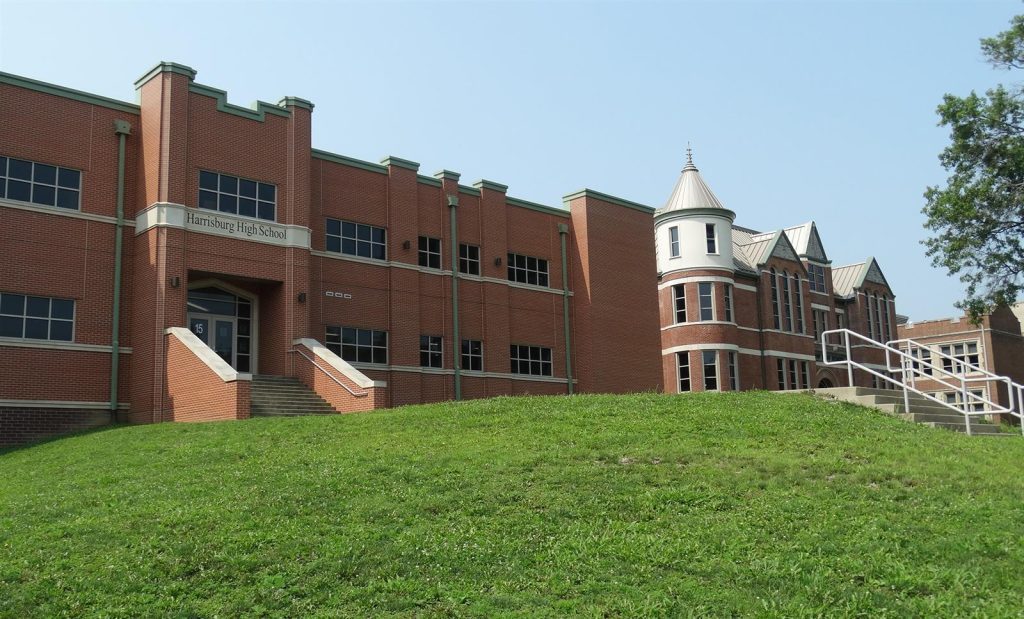
As Evidence Based Funding formula turns 5, lawmakers reflect on historic legislation
By PETER HANCOCK
Capitol News Illinois
phancock@capitolnewsillinois.com
SPRINGFIELD – Five years ago this month, Illinois lawmakers passed legislation that overhauled the way public schools in the state are funded.
The so-called Evidence Based Funding formula, or EBF, was designed to calculate the actual cost for each district to provide the kind of education the state expects, and then gradually increase the share of that cost that’s paid for by the state.
Over time, it was also supposed to narrow the disparity between the best-funded and worst-funded districts in the state, with the hope of lowering property taxes and improving academic achievement in the most underfunded districts.
Five years later, huge disparities still exist among districts, both in funding and academic performance, but lawmakers from both parties who were part of negotiating the new law say it has provided huge benefits, especially to those schools that were most underfunded.
“I use the example of East St. Louis, that I think at the time had the highest property tax rate but was nowhere near adequate spending,” said Andy Manar, a former state senator and now deputy governor who was a chief architect of the plan.
“And if you did the math at the time, the math would show that East St. Louis literally could not tax itself enough to generate the funds needed to say that the school district has an adequate level of spending to achieve the results that we as a state expect of that school district. They literally could not tax themselves into equity. It was mathematically impossible.”
In fiscal year 2018, the first year under the formula, the East St. Louis district was funded at 66 percent of adequacy. This year, it is funded at 96 percent of adequacy.
Republican state Sen. Chapin Rose, who represents a largely rural area in east central Illinois, said many of the districts in his area faced the same challenge.
“I do think that for many of the areas I represent, it was a lifeline,” he said. “It’s kept doors open and, in some instances, provided a much needed infusion, because they simply couldn’t keep going back to the property tax well. That was dried up.”
History of inequity
Illinois has traditionally relied on local property taxes to fund most educational spending. That has automatically led to built-in inequities because districts with relatively low levels of property wealth per-pupil must levy higher tax rates to raise the same amount of money as wealthier districts.
To offset those differences, prior to adoption of the EBF formula, the state used a complex formula to distribute state aid that was supposed to guarantee districts with modest tax bases a certain minimum level of “foundational” funding, although even the wealthiest districts received aid under that formula, even if they were more than able to raise adequate funding on their own.
Many districts complained that the formula never lived up to its promise of guaranteeing adequate funding to all districts, in part because the General Assembly did not fully fund the formula. Instead, it distributed “prorated” amounts, based on how much money was available in the state budget at the time.
Manar cited the example of Harrisburg High School, in southern Illinois, where the ceiling of the library had been removed because the district didn’t have enough money for basic repairs and maintenance.
“And, you know, we held a town hall on school funding in that library – the location underscored the need for the bill,” he said. “And Harrisburg High School wasn’t unlike so many other places across Illinois, not just rural parts of the state. It was a result of years of proration of general state aid, and years of the inability to tackle the very complicated nature of school funding.”
For decades, school districts across Illinois tried to turn to state courts to correct the inequities, arguing among other things that the 1970 Illinois Constitution provides that, “The State has the primary responsibility for financing the system of public education.”
But state courts have consistently declined to get into the school finance fray. As far back as 1973, the Illinois Supreme Court ruled that that provision was merely “a hortatory expression of a goal to be achieved” and not a mandate for the state to take over school funding.
In 1990, a group of 50 school districts calling themselves the Committee for Educational Rights sued the state claiming the system produced vast disparities in educational resources between rich and poor districts in violation of several provisions of the Illinois Constitution, including its equal protection clause and a clause requiring the state to provide “an efficient system of high-quality public educational institutions and services.”
But when that case reached the Illinois Supreme Court six years later, the justices ruled there were no judicial standards to determine whether the state was providing “high-quality” education and that the decision about how to fund schools – and how to balance the competing interests of equity and local control – was a legislative matter, not a judicial one.
The EBF formula
After more than a year of negotiations, Illinois lawmakers finally struck a deal that would, over a period of years, put more state money into public schools to bring the least-funded districts up to a level of adequacy – assuming, of course, that the General Assembly lives up to its obligations.
The final vote came during a special summer session in August 2017, during which lawmakers also ended the two-year budget stalemate with Republican Gov. Bruce Rauner.
The goal of the new formula is to gradually bring all districts up to an “adequate” level of funding, or having enough resources to cover the cost of providing the educational services the state expects. That takes into account a district’s total enrollment, poverty rate, the number of English language learners and a host of other factors.
Each year, under the law, the state is to add at least $350 million in new funding for schools, with the bulk of that money going to those furthest from adequacy. But the law provided that no district would see a reduction in funding from the final year before its passage, a so-called “hold-harmless” provision that meant even the wealthiest districts would continue to receive state aid.
People on both sides of the aisle said that was necessary because without a hold-harmless provision, the bill never would have passed.
“It’s a living breathing formula, and it changes year to year, and so the mechanics of the formula eventually fade that out,” Manar said. “But I think it brought a level of certainty. It brought a level of guarantee and, frankly, a level of comfort to a very complicated question of how we reform a very complicated and important system. …So a lot of people didn’t like it. I personally did not. But it was necessary to get it done.”
Republican Sen. Jason Barickman, of Bloomington, who was also a key negotiator in the process, agreed that it was politically necessary.
“It was a politically practical, pragmatic decision,” he said. “I was very focused on getting something done. And it was very apparent to me that we weren’t going to get something done without a hold-harmless. So while I think a hold-harmless has policy challenges, we weren’t going to let perfection get in the way of getting something done.”
So far in the first five years, the state has met or exceeded that funding target in all but one year, raising the state’s share of school funding from $6.9 billion in fiscal year 2017, the last year under the old formula, to $9.8 billion allocated this year.
It also drove the state’s percentage of K-12 education upward, according to ISBE data. In FY 2017, the state provided 24.4 percent of K-12 funding. In FY 2020, the latest year for which audited numbers are available, that number rose to 27 percent.
Signs of progress
According to data from the Illinois State Board of Education, it would still take another $3.6 billion in state funding this year alone to bring all districts up to 90 percent of “adequate” funding, a goal set in statute. But the state has made some progress toward addressing the needs of the least-funded districts.
In the first year of evidence-based funding, there were 168 districts that were funded at less than 60 percent of adequacy. Those were the ones that were first in line for new funding when the EBF formula took effect.
For the upcoming year, there are only two districts below that level – Washington Community High School District 308 in Tazewell County and Chaney-Monge School District 88, an elementary district in Will County. Both are funded this year at 59 percent of adequacy.
The gap between the least-funded and best-funded districts has also narrowed, if only slightly. During the first year, funding levels ranged from a low of 47 percent to a high of 288 percent of adequacy. This year, the gap ranges from 59 percent to 270 percent.
Gov. JB Pritzker said during a recent news conference he believes the state must continue to increase its investment in education to increase outcomes and decrease reliance on property taxes.
“A lot of good has been done, there’s no doubt about it,” he said. “And as you know, Evidence Based Funding was both necessary to get money to the schools that needed it most and to make sure that we’re improving the education funding overall, across the state of Illinois. I personally think that we need to fund our education system even more.”
So far, though, there is little evidence that the new money has helped improve academic performance for students because the COVID-19 pandemic severely interfered with annual testing in 2020 and 2021.
Prior to the pandemic, though, the connection between school funding and student achievement was evident.
For example, in 2019, the last year before the pandemic, Central City School District 133, an elementary district in Marion County, was the least-funded district in the state at 52 percent of adequacy. That year, only 26.8 percent of its students met or exceeded state standards in English language arts, and only 8.5 percent did so in math.
By contrast, Rondout School District 72, an elementary district in Lake County, was the best-funded district, at 280 percent of adequacy. There, 65.1 percent met or exceeded state standards in English language arts while 49.4 percent did so in math.
Like many states, Illinois did not administer state assessments in 2020 due to the pandemic, and results from the 2021 tests are believed to have been affected by the pandemic. Results of the 2022 tests will be released later this year.
Barickman recalled there was a debate over whether to tie increased funding to improved student outcomes, to hold districts accountable for the new money they would receive. In the end, he said, lawmakers chose to go another route by pairing the new funding system with a form of taxpayer-supported scholarships for private schools, what is now known as the Invest in Kids Act.
“No one was fully, you know, exactly happy, which generally means we probably did a decent job, I suppose,” he said. “But we chose not to penalize failing school districts, but to equip children and families with resources that might give them a choice on their educational experience. And I think we’ve seen a lot of success with that program.”
Manar, meanwhile, argued that the achievement gaps are the result of many factors, including decades of inequitable funding, which the state has only recently started to address.
“What would those test scores have been had the least equitable system of school funding in the country been allowed to continue?” he asked.
He said as more money was put into the old formula, it made the inequity gap wider.
“So you know, those stats and that data aren’t gathered in a sterile, perfect environment. There’s a lot of things happening in 850 some-odd school districts in the state that have an impact on that too.”
Capitol News Illinois is a nonprofit, nonpartisan news service covering state government that is distributed to more than 400 newspapers statewide. It is funded primarily by the Illinois Press Foundation and the Robert R. McCormick Foundation.
Local News
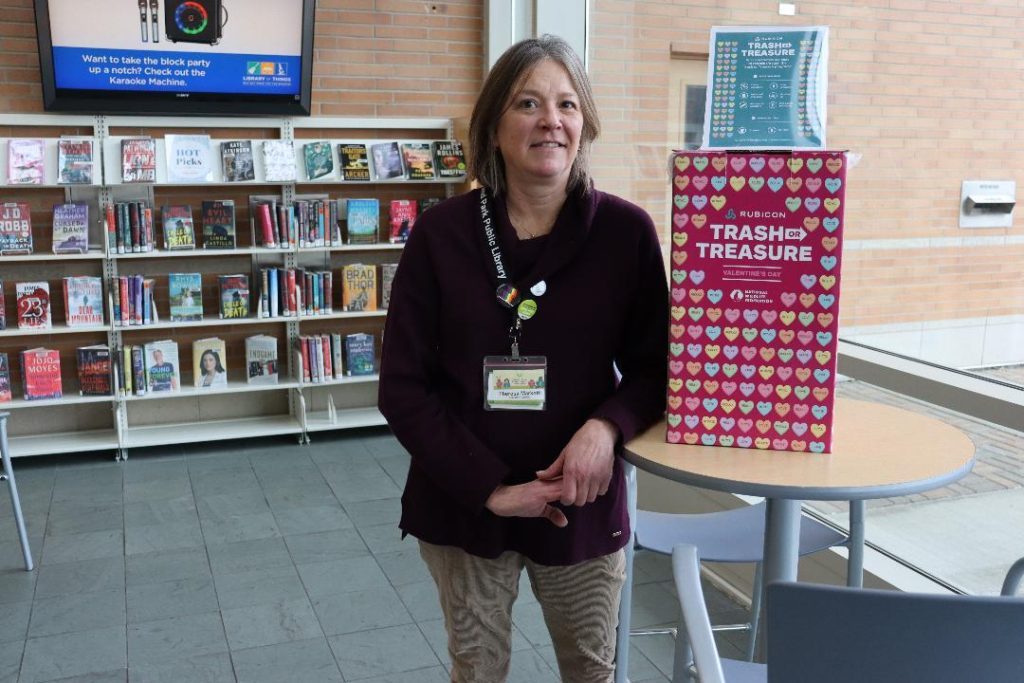
Orland Park Library collecting candy wrappers
Spread the loveBy Kelly White Candy has taken on a whole new life at one local library. The Orland Park Public Library, 14921 S. Ravinia Ave., Orland Park, is happy to announce the launch of its very first Trash or Treasure candy wrapper recycling campaign. The Trash or Treasure program helps reduce the waste that…

Hickory Hills adds new police officer
Spread the loveBy Nuha Abdessalam Hickory Hills Police Chief Jason Bray welcomed Andre Showers as the city’s newest police officer during last week’s city council meeting. Aldermen and the community at the April 11 meeting helped celebrate the induction of the Showers, 21. He’s an Army veteran and a 2023 Cook County Correctional Camp graduate…

Marist celebrates cultural diversity
Spread the loveBy Kelly White Marist High School appreciates the wide array of culture that walks its campus hallways on a daily basis. In order to celebrate, the high school, 4200 W. 115th St., Chicago, hosted its second annual Celebration of Culture on March 14. During the free event, students, faculty and staff represented their…

Palos Heights Knights of Columbus donate to GiGi’s Playhouse
Spread the loveGrand Knight John Laskey and Past Grand Knight Brian Mellenthin of St. Theodore Guerin Knights of Columbus Council 14057 presented a check for $1,500 to GiGi’s Playhouse of Tinley Park, one of several donations to local groups resulting from the Knights of Columbus’ Fall Tootsie Roll Drive. One of the most recognizable activities…

Worth police join task force to combat auto thefts
Spread the loveBy Joe Boyle An agreement has been reached between the villages of Worth and Thornton regarding participation in the Illinois Statewide Auto Theft Task Force. Worth Police Chief Tim Denton said the approval of the memorandum to participate in the task force is necessary. “It’s no secret that there has been an increase…
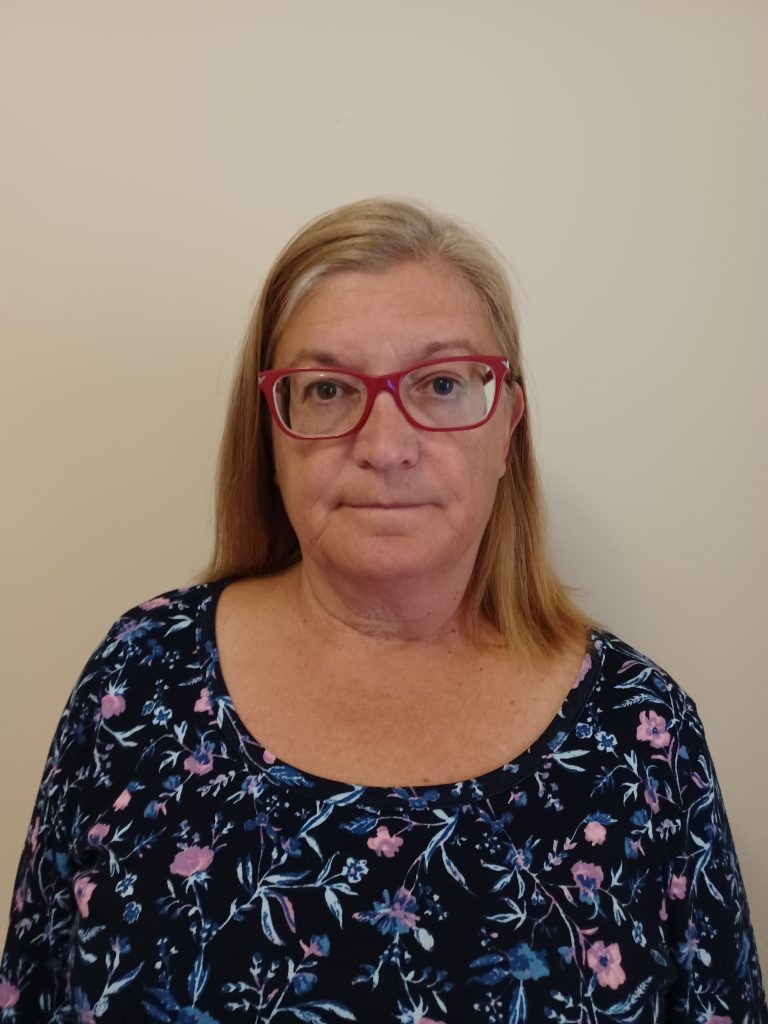
A simple idea for Earth Day
Spread the love. By Mary Stanek Your correspondent in Archer Heights and West Elsdon 3808 W. 57th Place • (773) 517-7796 . Moving right along through April, as the days get longer and nicer, time will start to go by faster. We have Earth Day on April 22 and the start of Passover at sunset.…

Bingo at St. Clare was something to yell about
Spread the love. Kathy Headley Your correspondent in Chicago Lawn and Marquette Manor 6610 S. Francisco • (773) 776-7778 . Recently I mentioned a bingo fundraiser the Augustinian Young Adults of St. Rita of Cascia Parish were holding. This was their first attempt at a bingo and they put on a really nice event. Held…

One thing is certain: life goes on
Spread the love. Peggy Zabicki Your correspondent in West Lawn 3633 W. 60th Place • (773) 504-9327 . I get a lot of calls from residents who are discouraged about our neighborhood. There are so many car accidents, shootings and violent crimes being committed in West Lawn and surrounding areas. It certainly is challenging to stay hopeful and positive. Here is a paragraph…

Biz groups battle over names, logos
Spread the love. UBAM, MCC trade barbs . By Dermot Connolly and Tim Hadac The leader of one Midway-area business association is accusing the other of bad faith, and the leader of the other is scratching her head over the dustup. United Business Association of Midway Executive Director Anita Cummings recently claimed that a rival…
Neighbors

Hunt man who tried to rob Chase Bank
Spread the love. FBI looking for tips from public . From staff reports FBI officials are appealing to the public for help in finding a man who attempted to rob a Southwest Side bank branch. The bandit tried to rob the Chase Bank branch at 5687 S. Archer (just west of Laramie) at about 11…

Chicago Red Stars and Bay FC to play at Wrigley Field
Spread the loveBy Jeff Vorva Correspondent Chicago Red Stars forward Ally Schlegel loves Wrigley Field. “I adored Wrigley the second I went to my first Cubs game,” Schlegel said. “I fell in love with it thinking it was the perfect sporting experience with how they built it up down there.” She will go from a…
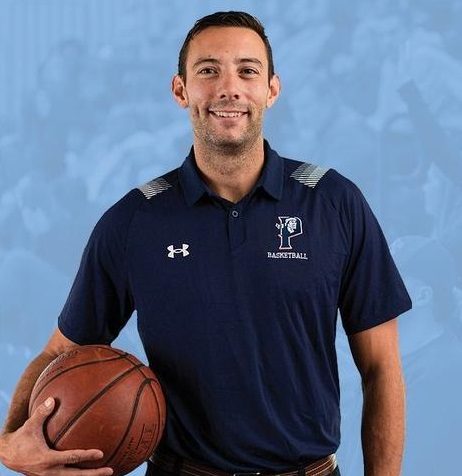
Trinity Christian College names new hoops coaches
Spread the loveBy Jeff Vorva Correspondent Trinity Christian officials were busy on April 11 ushering in new eras for its basketball programs. Trolls Athletic Director Wendy Reid announced that Jordan Mast is taking over the men’s basketball program, while Jasmine Porter has been named women’s hoops coach. Mast comes to the school in Palos Heights…

Reavis baseball coach and Hall of Famer Don Erickson to retire after season
Spread the loveBy Jeff Vorva Correspondent A deal is a deal. Longtime Reavis baseball coach Don Erickson has said he would retire after his son, Sam, graduates from high school, so he can watch Sam play in college. Erickson doesn’t get to many of his son’s high school games because Sam plays at Downers Grove…

Worth Library offers seeds for free
Spread the loveBy Kelly White A seed library collects and stores seeds and shares them with members of the community for free. Similar to a normal library, gardeners borrow seeds from the seed library at planting time. At the end of the growing seasons, they save seeds from the plants and return a portion of…
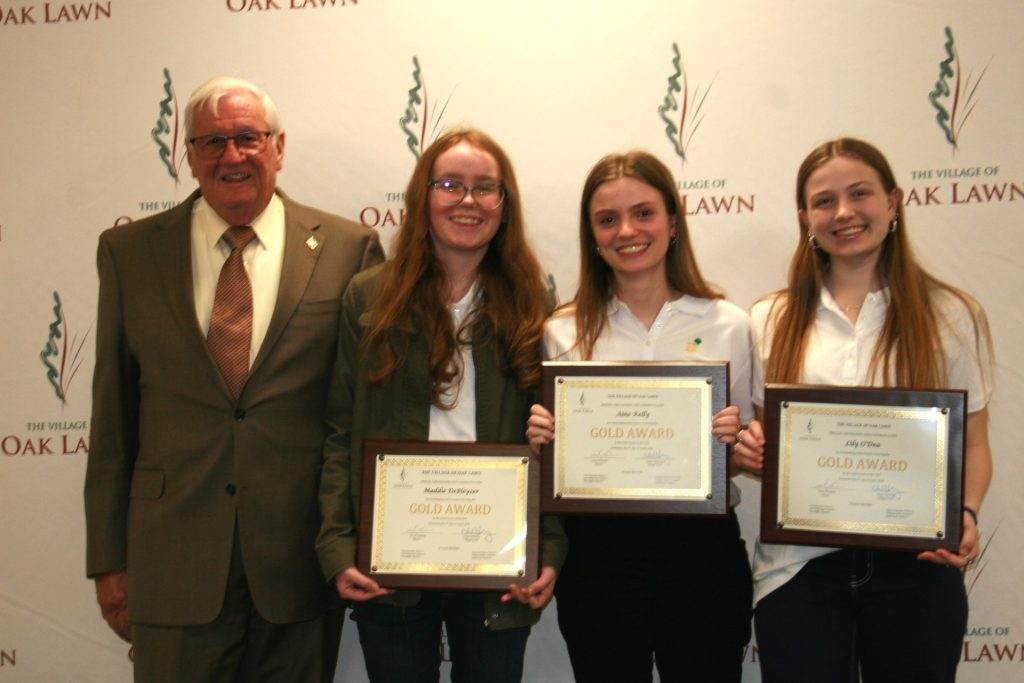
Paisans Pizza eyes May opening in Oak Lawn
Spread the loveBy Joe Boyle Paisans Pizzeria is a step closer to opening in Oak Lawn with the approval of a liquor license for the establishment that will be part of the Stony Creek Promenade. Plans for the restaurant were originally approved at an Oak Lawn Village Board meeting in March of 2022. Tom Phelan,…
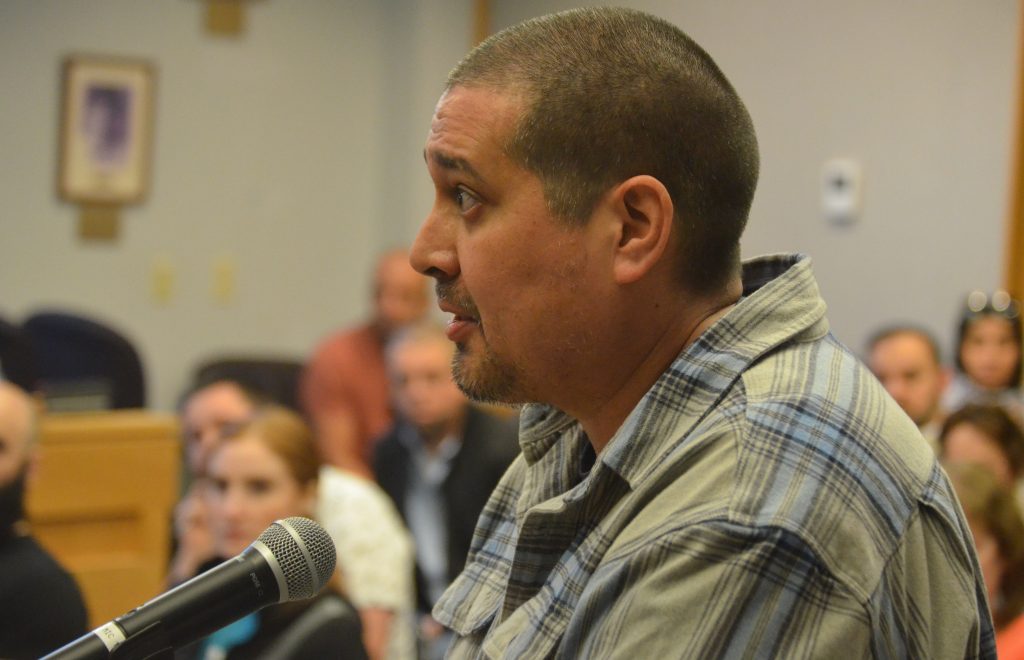
Palos Park residents, mosque reps discuss noise issues at council meeting
Spread the loveBy Jeff Vorva What could have been an explosive situation was actually quite civil. Some Palos Park residents were angry about loud activity and behavior of some members of the Palos Islamic Center the past two years and sounded off at the April 8 village council meeting. Fresh on their minds was noise…

Comings & Goings: Obbie’s Pizza to stay ‘unique and delicious’
Spread the loveBy Tim Hadac Archer Avenue’s long-time king of pizzerias will continue to rule. Same recipes at Obbie’s Pizza, 6654 W. Archer. Same pizza and ingredients. Same pasta, broasted chicken, shrimp, perch, Italian beef/sausage/meatball sandwiches, sides and pop. Same seasoned, Middleby Marshall pizza oven built in 1947—the type of pizza oven every restaurant owner…
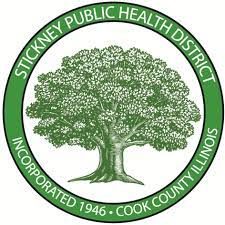
Stickney Public Health confirms measles case in Bedford Park
Spread the loveFrom staff reports The Stickney Public Health District has confirmed that a person with measles related to the ongoing situation in the City of Chicago was at the Walmart Supercenter at 7050 S. Cicero Ave. in Bedford Park on Friday, March 22, roughly between the hours of 2 and 4 p.m. Anybody who…

La Grange cancels Endless Summerfest over higher costs
Spread the loveBy Steve Metsch It turns out the summer is not endless, at least not in La Grange. Endless Summerfest, a three-day event held the first weekend in August at Gordon Park for many years, will not be held this year. The cancelation was announced Tuesday in a joint new release from the La…






